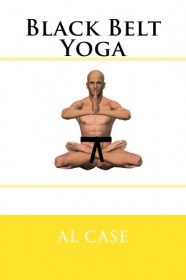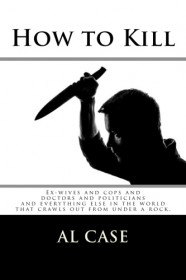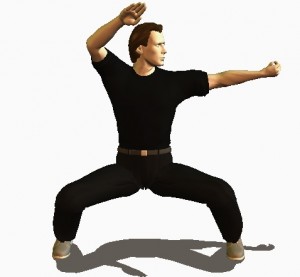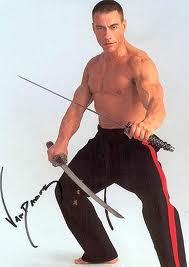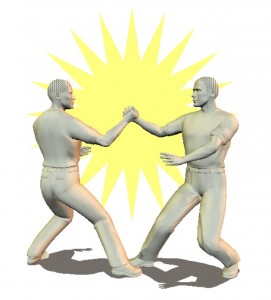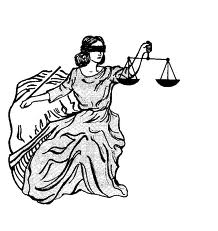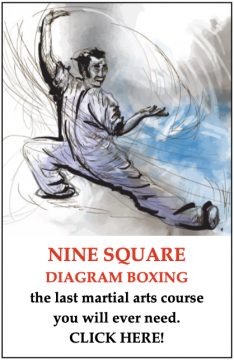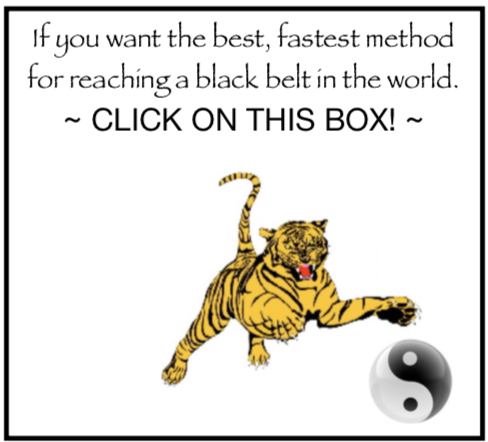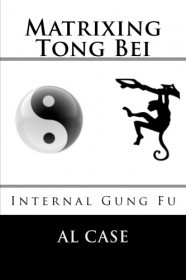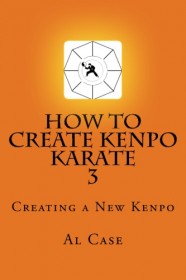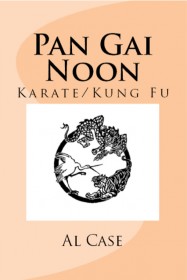Newsletter 820 ~ Sign up now!
Arthritis and a Martial Arts Punch!
“It’s not how hard you can hit,
it’s how much weight you can deliver.”
Al Case
I just received a great letter,
a fellow name of Damian,
said Yogata helped his arthritis,
and he talked about how
he sometimes had trouble with a fist because of arthritis.
I recommend Yogata,
or any form of yoga,
but I really want to talk about punches,
which may impact on concepts about arthritis.
Arthritis is an interesting condition,
doctors sometimes lump everything
under the term arthritis,
and there are a lot of causes
behind arthritis.
It’s all sort of generic,
but generic with a bite.
So here’s the thing:
injury leads to inflammation.
The body is swelling.
Sometimes the swelling is obvious,
sometimes not,
but the pain,
or lack of usability,
is real.
Many, many years ago
I realized I wasn’t a breaking kind of guy.
My instructor was,
many people are,
there is something seductive
about Power,
and power is often associated with breaking things.
But I figured out that it’s not how hard you hit,
it’s how much weight you can transfer into the opponent.
So I thought about it,
and I realized something:
“you don’t have to tighten the fist.”
This is weird,
we all tighten the fist,
and it is important…for beginners.
Tightening the fist upon impact
teaches focus,
introduces one to concepts of power,
but,
at a certain point,
you don’t need to tighten the fist.
Here’s something to think about”
take a stick and poke it into a watermelon.
Did the stick get ‘tight?’
No.
It just had to be aligned,
and it required a certain amount of ‘quick’ weight.
Although,
when you think about it,
you could puncture a watermelon with a stick
using ‘slow’ weight.
So I started working on the idea
of poking the bones of my arm/fist
through an opponent’s body
without tightening the fist.
Having the idea of puncturing the body
in my mind.
It worked.
No fanfare,
no big deal,
just relax,
align the bones,
feed a little energy into the structure
to keep everything in line,
relax and throw the body.
Worked like a charm.
And…
I started holding thumbtacks in my fist
and breaking things.
And…
here is the kicker,
the more I relaxed,
the better I was able to thrust my
thumbtack holding bones
through an object.
There’s all sorts of things to think about here.
My favorite is this:
if you threw 20 pounds at somebody it would hurt.
(especially if that 20 pounds
had 200 pounds of body behind it)
So when you tighten the arm,
when you focus the fist,
the tightening of the muscles actually holds the strike back.
That’s very zen,
very tai chi,
very true.
BUT,
don’t stop practicing with a tight fist,
you need a certain degree of focus to develop internal power.
And hitting with just the bones,
as I describe here,
is not the only strike,
and focusing the energy is VERY important.
In fact,
I would say that it would be VERY difficult
to learn how to strike with a relaxed fist
if one doesn’t first gain an understanding
of how to focus the energy with a tight fist.
Anyway,
those are my thoughts,
and I want to thank Damian for making me think,
and sharing his win with me.
If you have arthritis,
or ANY condition,
there are ways to keep training.
You just have to relax your thinking,
look around,
and find what works.
And you can find what works
in Yogata,
http://monstermartialarts.com/martial-arts/yogata-the-yoga-kata/
in The Punch
http://monstermartialarts.com/martial-arts/hard-punch/
and if you think I’m just talking,
check out the video on this page…
http://monstermartialarts.com/martial-arts/4c-matrixing-chi-power/
Take care…and
have a great work out!
Al
http://monstermartialarts.com/martial-arts/4c-matrixing-chi-power/
go to and subscribe to this newsletter:
https://alcase.wordpress.com
Remember,
Google doesn’t like newsletters,
so this is the best way to ensure you get them.
You can find all my books here!
http://monstermartialarts.com/martial-arts/
http://www.amazon.com/Matrixing-Tong-Bei-Internal-Gung/dp/1507869290/ref=sr_1_1?ie=UTF8&qid=1423678613&sr=8-1&keywords=tong+bei
